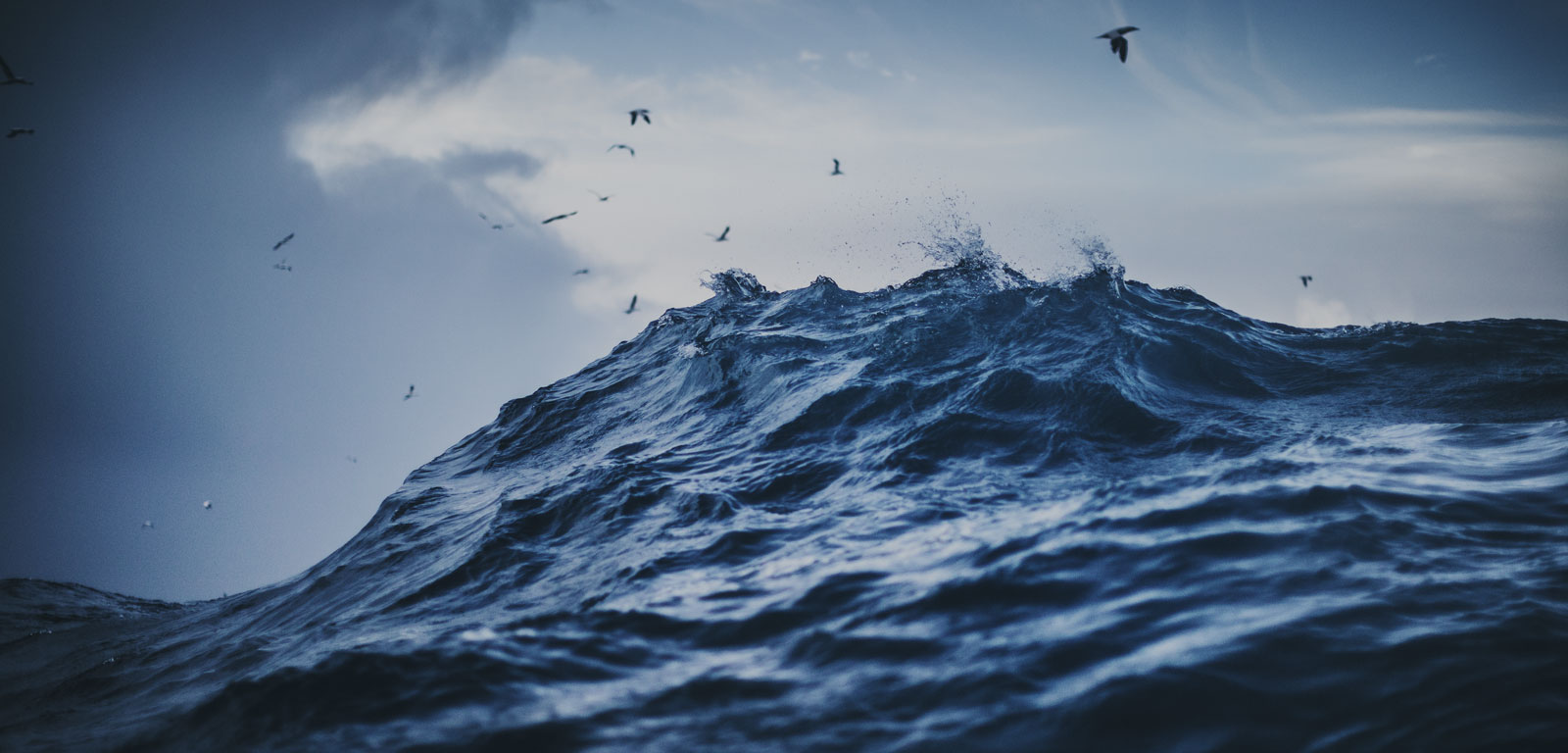Subject
Applied and Marine Geophysics
General details of the subject
- Mode
- Face-to-face degree course
- Language
- English
Study types
| Type | Face-to-face hours | Non face-to-face hours | Total hours |
|---|---|---|---|
| Lecture-based | 40 | 60 | 100 |
| Seminar | 10 | 15 | 25 |
| Applied laboratory-based groups | 10 | 20 | 30 |
| Workshop | 15 | 17.5 | 32.5 |
Training activities
| Name | Hours | Percentage of classroom teaching |
|---|---|---|
| Acquiring basic instrumental skills | 30.0 | 33 % |
| Expositive classes | 100.0 | 40 % |
| Groupwork | 32.5 | 46 % |
| Information presentation | 25.0 | 40 % |
Assessment systems
| Name | Minimum weighting | Maximum weighting |
|---|---|---|
| Questions to discuss | 40.0 % | 40.0 % |
| Written examination | 60.0 % | 60.0 % |
Temary
SOES6004Aims
To develop the principles of geophysical exploration from a basic level to that of current practice in exploration industry and research applications.
Syllabus
The module covers, at advanced level, three topics that are central to applied geophysics in the marine environment. The first is reflection seismology; the second is potential field methods; and the third is marine electromagnetic surveying. . The study of reflection seismology accounts for just less than half of the course. Basic seismic processing operations are introduced, including correlation, convolution, deconvolution, frequency filtering and migration. Strong emphasis is placed on the applications of spectral analysis using Fourier based methods. The module uses examples from hydrocarbon exploration and continental margin studies, including seismic stratigraphy, methods of reservoir identification and 3D surveying. Practicals exercises include both seismic processing and interpretation.
In the second part of the module the application of potential field theory to geophysical exploration is discussed, with a particular emphasis on gravity and magnetic surveying. Advanced methods for anomaly separation and filtering, based on spectral analysis and spatial derivatives, are introduced. Different approaches are reviewed and practical experience is gained through computer modelling and analysis exercises. The particular problems of marine and airborne surveying and data processing are addressed.
The third component provides an overview of controlled source electromagnetic methods, as applied in marine survey operations. Both the underlying theory and the fundamentals of data acquisition and processing are addressed. Computer-based practical exercises provide experience in modelling marine controlled source electromagnetic datasets, and examining the sensitivity of this type of data to resistivity anomalies in the sub-surface.
Formal Lectures: will deal with geophysical exploration with particular emphasis on gravity and magnetic surveying, controlled source electromagnetics and advanced reflection seismology. An outline of each lecture will be provided. Each lecture systematically covers the main concepts and topics by the use of PowerPoint presentations. Most lectures will be complemented by illustrated handout materials. Where relevant, lecturers' own research experience in the appropriate fields is brought into the lecturing sessions. References to relevant textbooks and journal articles are provided as essential reading for each lecture.
Laboratory Classes: will further develop your processing, modelling and data interpretation skills.
A wide range of support can be provided for those students who have further or specific learning and teaching needs.
Resources and reading list
Much of the lecture material is summarised at blackboard.soton.ac.uk. Instructions for accessing this material will be given during the course.
Core text: W. M. Telford, L. P. Geldart & R. E. Sheriff, Applied Geophysics, 2nd Edition (1990), Cambridge University Press
Background reading: P. Kearey, M. Brooks & I. Hill, An Introduction to Geophysical Exploration, 3rd Edition (2002), Blackwell;
E. J. W. Jones, Marine Geophysics, 1999, Wiley


